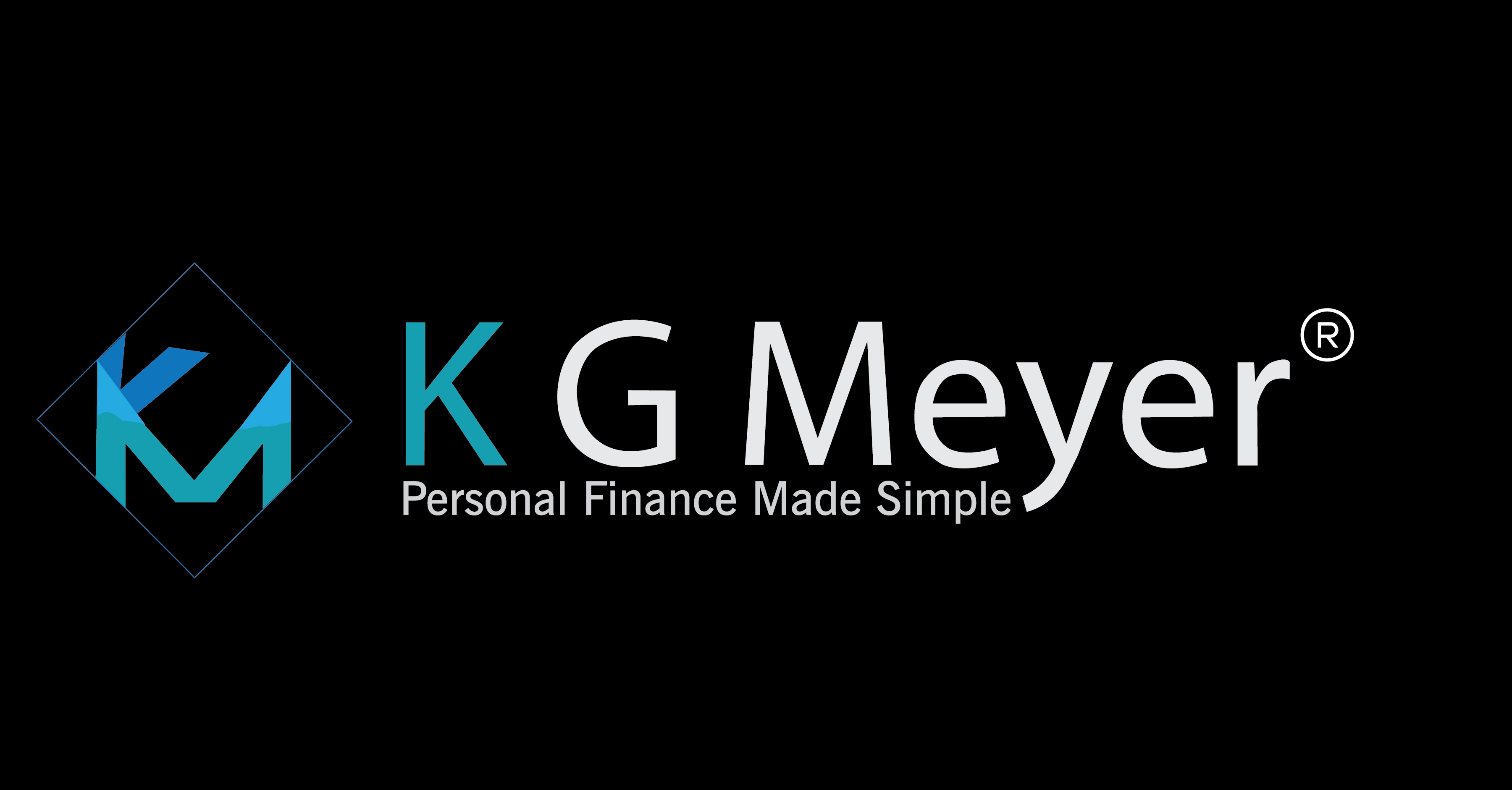
Retirement is not something that you should wait to plan for. In fact, the sooner you can begin planning the better off you will be when it is time to retire. So where does one begin you may ask? The answer to that question is as soon as possible to let the amazing power of the compounding of interest to work in your favor. Ideally, it would be best if you started in your late teenage years setting some money in a ROTH IRA and leave it there for 40 plus years. That way compounding will maximize your investment, and you will truly be amazed at the result. As an example, $10,000 invested when you are 20 years old that grows with no additional contributions at a 9% annual rate of return will give you approximately $288,000 by the time you can make penalty-free withdrawals. Now that is why it is important to let compounding work in your favor.
So how do you start saving for retirement? Two of the best ways are a workplace savings plan such as a 401(k), 403(b) or the federal government’s Thrift Savings Plan. These are great ways to save on automatic pilot where you set up to have a certain dollar amount or a percentage of your income taken directly from your paycheck and invested. In many instances, there are tax advantages to investing in these workplace accounts such as lowering your taxable income by the amount that you invest. And in many workplaces, they have begun to offer ROTH accounts which do not have the tax advantages now, but when you make withdrawals, the proceeds are 100% tax-free. And best of all many workplaces offer a matching system that will match your contributions at a set percentage from your employer. This is free money and is money that should never be left on the table. Remember, no matter what else is happening you need to contribute at least up to the maximum match that your company offers. It is an instant return on your investment.
Now many people who are in their twenties are fresh out of college and may feel that they cannot afford to contribute to a workplace account. If your company offers a match, you cannot afford not to at least contribute to the match. Student loans are a major drain on someone who is younger’s income and rightfully so as they are part of being a student in today’s society. Which leads us to another option that people have to save for retirement and that is Individual Retirement Accounts or IRA’s. These are similar to your workplace accounts but with much lower annual contribution limits and more investment choices. If at all possible I highly recommend you do both of these accounts. That way you can add an extra level of diversity to your investments.
When you are in your twenties and thirties, you can take on additional risks that you may not wish to have when you are older. This allows your retirement accounts to grow much more rapid than they will when you take a more conservative approach to your investments. Once you reach your mid to late thirties, you may want to consider shifting your asset allocation to more conservative assets such as shifting from equities to fixed income like bonds. But I am also of the opinion that no matter how old you are you will always need to have equities in your portfolio to maintain capital appreciation that is required for longer and longer retirements. Gone are the days of having a portfolio of nothing but fixed-income assets as in the current interest rate environment you would deplete your capital as the returns are insufficient to adequately add to your portfolio’s value.
The key to a successful retirement is to start as early as you can in saving as much as you can. This allows compounding to work in your favor as against you. But the key to truly being successful is to know how to allocate your assets. Say you owe large sums of money to high-interest credit cards it may not make sense to invest outside of your workplace retirement account beyond the match as you will be a net loss. In these instances, it is best to save what you can in the workplace account and delay the IRA and pay down your debts. This way you are maximizing your assets to reduce high-interest debt and not going into a negative situation. This is where it is important to know what your expected rate of return will be on an investment and what your interest expense is on debt. As I am always stating, have a budget and follow it to ensure you know where your money is going. That way you can set saving goals and payment plans for your debts.
As time goes, you will learn to balance these items and achieve your goals. Know your risk tolerance and what assets you would like to invest in and create an investment plan. But I still maintain that to have the retirement you really want and deserve the key is to save as much as you can as early as you can.
If you have any questions or need any additional information, feel free to contact me directly or leave a comment here.



